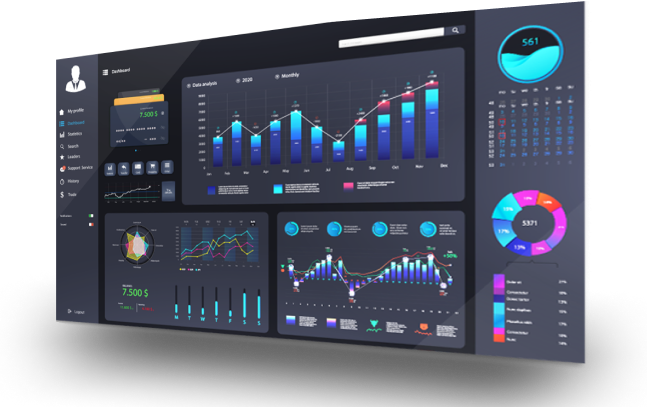Quick Tips for 404s: Don’t Let Page Not Found Disrupt Your Ecommerce Experience
404 errors – those frustrating “Page Not Found” messages – are an unavoidable part of any website, but they can be particularly bothersome for those running an ecommerce store. Between product mix changes, special collections, and seasonal sales, it’s inevitable that pages will come and go over time. While search engines understand this, how you handle them can have a big impact on both user experience and SEO. Let’s dive into a few key strategies to help turn 404s from a roadblock into a positive customer interaction.
Why Bother with 404s?
You might wonder why dedicating time to 404 errors is important. The answer lies in two key areas: user experience and SEO.
- User Experience: A well-managed 404 page transforms a frustrating dead-end into an opportunity to guide customers. By providing clear information and alternative options, you keep them engaged and exploring your store.
- SEO Impact: While a handful of 404s won’t cripple your SEO, a large number can send negative signals to search engines. Consistent management ensures your site remains healthy and accessible.
The good news is that setting up a standard 404 page and rule isn’t rocket science. Most website platforms offer easy-to-use tools to create a custom 404 page. This small investment of dev time can be well worth the effort in terms of improved user experience.
Tackling Temporarily Out-of-Stock Products
When a product is temporarily out of stock but expected to be replenished, don’t send customers packing with a generic 404 error. Instead, keep the product page live and transparent:
- Clearly communicate the situation: Inform customers the product is temporarily out of stock.
- Offer a lifeline: Allow customers to sign up for restock notifications. This keeps your brand top-of-mind and builds anticipation.
- Leverage schema: Use product schema markup to specify the item’s availability. This helps search engines understand the situation and potentially display relevant information in search results.
Handling Permanently Discontinued Products
For products that won’t be returning, a custom 404 page is generally your best option. Design a page that’s informative and helpful:
- Be upfront: Clearly state the product has been discontinued.
- Suggest alternatives: Offer recommendations for similar products or relevant categories.
- Keep them exploring: Include a search bar to let customers find new and related products.
- Consider redirects (with caution): In some cases, redirecting to a related category might be suitable. However, a well-crafted 404 page often provides more value and will be less challenging to maintain long term.

Tips for Managing 404s
To optimize your approach to 404 errors, consider these steps:
- Regular monitoring: Use Google Search Console to keep an eye on 404 errors and address them promptly.
- Keep your sitemap updated: Ensure your sitemap accurately reflects your product inventory.
- Prioritize mobile optimization: Ensure your 404 page is mobile-friendly.
- Test your 404 page: Regularly test your 404 page to ensure it functions correctly and provides a positive user experience.
The Soft 404 Challenge
Imagine finding an empty box on a store shelf where a product should be. That’s essentially what a soft 404 is. It’s a page that returns a successful status code (200) but has minimal content, behaving more like a 404. Google Search Console can help you identify these pages.
Excessive soft 404s can confuse search engines and potentially waste valuable crawl resources. To help address this:
- Boost content: If the page has potential, add more relevant information.
- Consolidate or redirect: If the content is no longer useful, merge it with another page or redirect users to a more relevant section.
- Embrace the 404: In some cases, transforming a soft 404 into a proper 404 page with a helpful message is the best solution.
404 Pages Don’t Have to Be a Dead-End
By following these strategies, you’ll not only improve the user experience on your ecommerce site but also boost your SEO efforts. Remember, a well-handled 404 page can turn a potentially negative shopper experience that comes full stop into a positive interaction that provides other options and keeps visitors looking for more, strengthening your brand and ultimately driving more sales.










